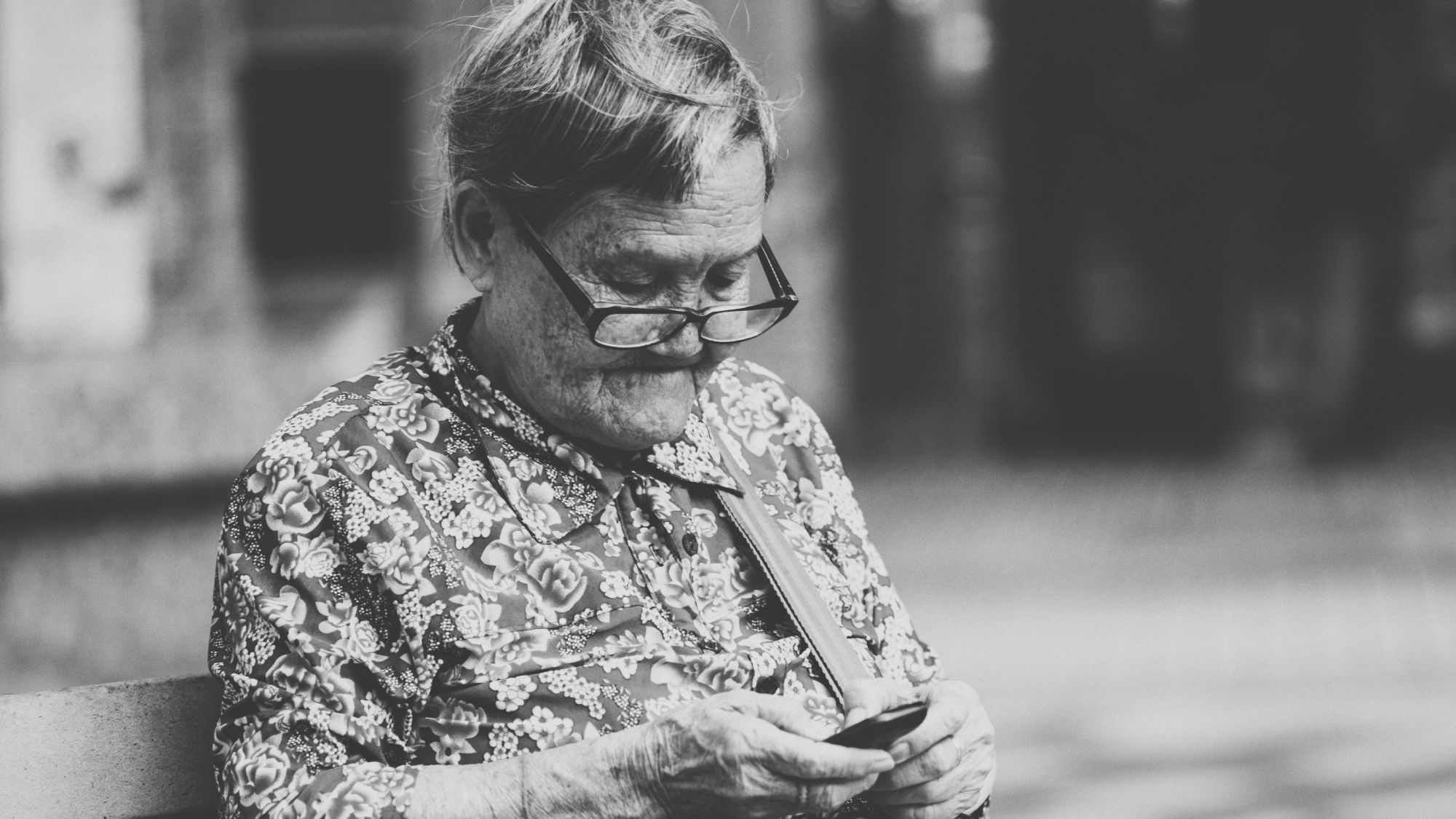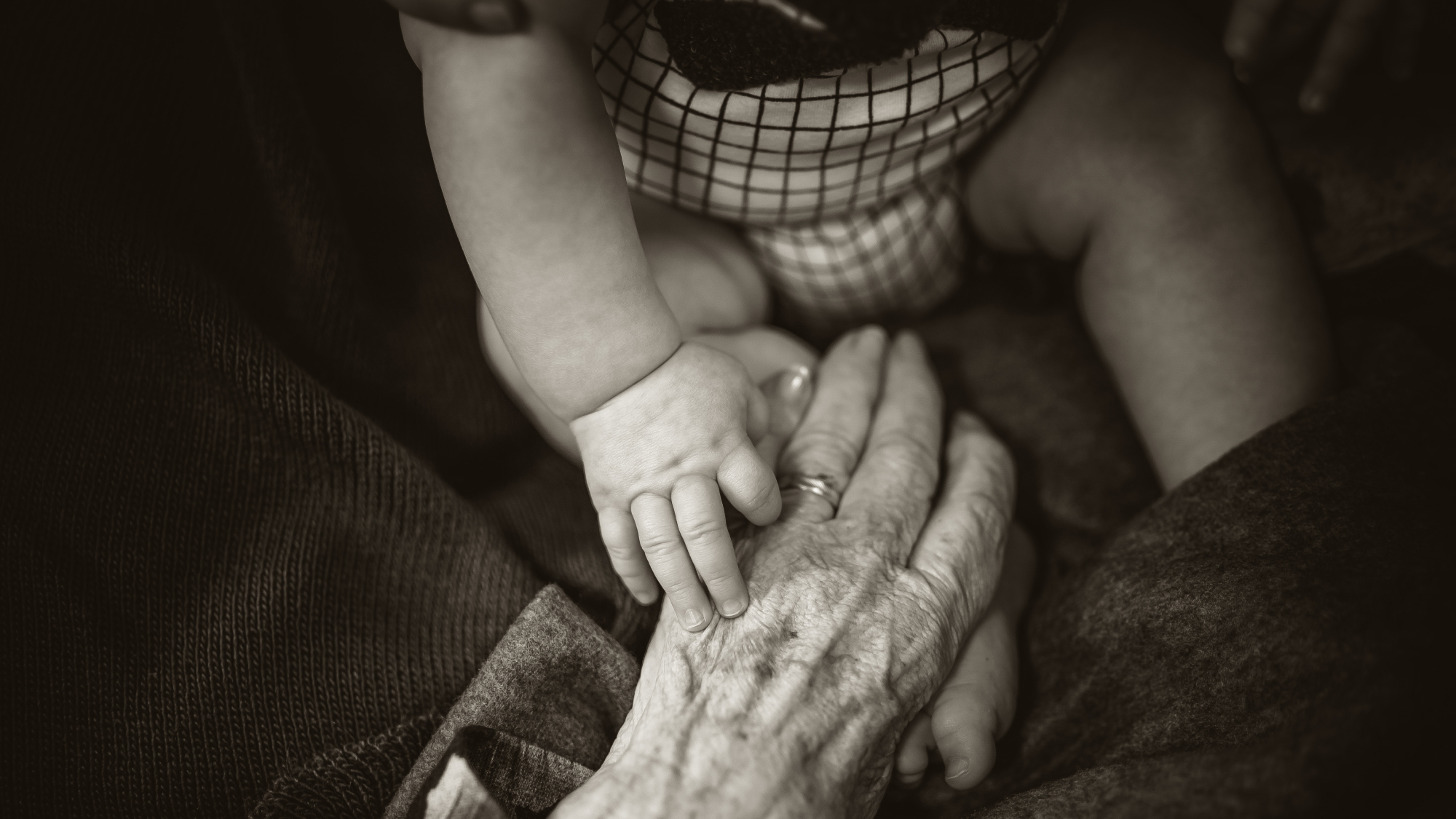Families – Love ‘Em or Hate ‘Em, We Can’t Live Without ‘Em
By Dr Noreen Chan
Head & Senior Consultant, Division of Palliative Care
National University Cancer Institute, Singapore (NCIS)
I had not planned to watch the film Crazy Rich Asians but when a free ticket presented itself, curiosity got the better of me.
Hype and hysteria aside, this is actually a very entertaining movie. I found myself enjoying it much more than I thought I would, largely because I could identify with much of it. Not just the familiar locations, but also the premise that our families contribute much of who we are, but not all of who we can be.
Many aspects of multi-generational family life were played out on the big screen – culture and identity clashes, factions and rivalries, obligations versus passions, love and sacrifice – while running through the individual stories, was the question of the family ecosystem and each person’s place in it. In a pivotal scene, Michelle Yeoh’s character Eleanor Young, explains the basis of her opposition to her son’s love interest Rachel, using the Hokkien term ‘kaki lang’: “It means ‘our kind of people’… You are not ‘our people'”. I will not spoil it for those who have not seen the film: suffice to say that you will not think of mahjong in the same way again.
What has this got to do with Palliative care? Quite a lot as it happens. Read on and find out.
What is a family?
Most of us are born and live in the context of a family, yet we never stop to think about what a family is. A common definition refers to a social unit consisting of parents and children, but that is only one form of family. Over time, our understanding of the family unit has evolved and grown in diversity. Within the fields of sociology and anthropology, it is recognised that family members do not have to be related by blood or marriage and can consist of individuals who have bonded and identified one another as family. This is known as fictive or chosen kin.
The family is portrayed frequently in art, literature and popular culture, and it is in film and TV that some of the biggest changes in family culture and structures have been portrayed, mirroring changes in society. If one compares the shows of 50 years ago and now, between the era of The Brady Bunch and The Waltons, and today’s Transparent and The Modern Family, the differences are obvious.
In Singapore, the past fifty years have seen dramatic sociodemographic shifts. Families have become smaller, there are fewer multi-generational families under one roof, but more households made up of singles or two persons, as well as what is known as “blended” families – where parents are divorcees in a new relationship, with children from their previous marriages and sometimes children from the current marriage, sometimes referred to as “your, my and our children”.
Families pay important roles in society e.g. nurture the young, protect the vulnerable, transmit culture and practices, provide identity, care and love. Or they should. Families are not always sources of strength and solidarity: they can also be the root of conflict, violence and abuse. In the 1990’s Dr David Kissane, a psychiatrist practising in Australia, had studied and written about dysfunctional families. He attempted to categorise them e.g. fractured, argumentative and help-rejecting, or sullen, depressed, but help-accepting, so as to better refine family therapy approaches.
Fortunately, families are, by and large, mutually supportive, resilient and adaptable to change, but crises and life stressors can put serious strain on family relationships. Serious illness, dying and death are some of the major stressors in our lives, so it is no surprise that palliative care workers frequently encounter families in turmoil.

Families and palliative care
The World Health Organization definition begins thus: “Palliative care is an approach that improves the quality of life of patients and their families facing the problem associated with life-threatening illness…” so it goes without saying that the family must be included in the circle of care. Every patient and family is unique. Each brings their own culture and dynamic, and individual motivations, beliefs and needs to the mix. There is no “one-size-fits-all” approach.
Although a serious illness like cancer may strike an individual, the whole family can be affected. This is especially so if that individual is the breadwinner. As the illness traces its trajectory, family members will assume different roles like caregiver, spokesperson, interpreter, decision-maker etc.. Children and adolescents sometimes take on more adult roles such as caring for younger siblings, or a sick parent, becoming “parentified” in the process.
Family involvement in patient care and especially decision making, is common across all societies, but probably more explicit in Asian cultures, to the extent that family members can learn about a patient’s diagnosis before the patient does. My observation is that patients do want their families involved in the exchange of information and in decision making, although the nature of that involvement will of course vary from family to family.
I have also observed that patients often make decisions with their families in mind. Even as they approach the close of their lives, their main concern is for those they will leave behind. On several occasions patients with advanced incurable cancer have confided to me that if it was up to themselves alone, they would be ready to stop chemotherapy. “But my family says I cannot give up…”. That, in and of itself, is not a bad thing. We frequently prioritise our loved ones’ needs above our own, sacrifice our wants so that those we love can be happy, or at least be less unhappy. If a patient has made a considered decision about treatment to preserve family harmony, or to console family members, that is still his/her decision. But it is important to ask: at the end of life, when time is limited and the outcome inevitable, how much is enough, and whose needs should prevail?
“But it is important to ask: at the end of life, when time is limited and the outcome inevitable, how much is enough,and whose needs should prevail ?”

In the case of older patients who may be incapacitated, their adult children may need to take on decision-making responsibilities that can be very stressful if the patient concerned had not made an Advance Care Plan or made known his or her preferences. I have seen siblings at odds over their frail parent’s care, each one wanting “the best” but having different ideas about what “the best” means.
The impact of illness and death on the family
It has been said that people approach the end of their lives as an extension of how they have lived. And so it is with their families. Old habits die hard, and the way we have learnt to relate to one another, is hard to unlearn. The “baggage” of the past has a way of being dredged up during stressful times, and when old wounds reopen or past secrets are revealed, anything can happen.
Many families do overcome their differences and become closer in the process. Unfortunately, other families can splinter. I have seen examples of both, and if I have learnt anything, it is to focus on what is important. The past is the past, but we can do something about the future. As individuals, we may not be able to influence the entire
family, but we can decide on our own actions. The family is important, but just as crucial is one’s own relationship with the dying person. No one can deal with that except yourself.
Dr Ira Byock, in his book “The Four Things That Matter Most”, outlined four tasks around the themes of gratitude and forgiveness. He suggests that we should say: “Please forgive me”, “I forgive you”, “Thank you”, and “I love you”. Simple, yet profound, and often very difficult to do. We should not have to wait until a person is dying to express these sentiments, but it is better than never saying them at all. In the “busy-ness” of everyday life, we can overlook the acts of love that our family members – especially our parents – have done and continue to perform. Sometimes those acts seem misguided or disproportionate, but they come out of a good place.
And do not wait too long. Because one day it may be too late for those four things, and there will be a fifth task, a last thing to say, which for many is too painful to bear thinking about. It is a contraction of “God be with you”, a spoken blessing to send a traveller safely on their way. It is, of course, Goodbye.

